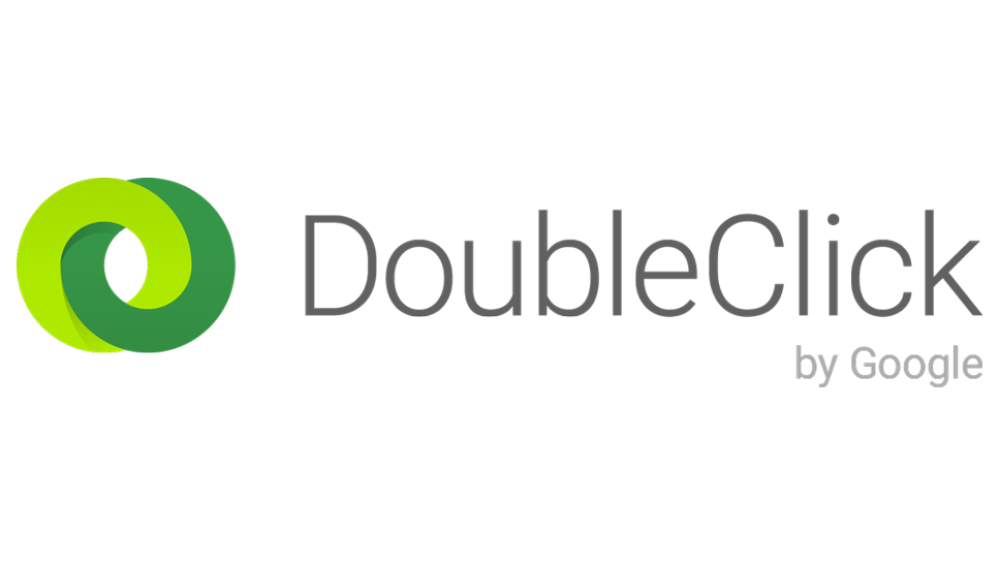In the Market for an In-Market Audience? DoubleClickâs Bid Manager Audiences Explained
24 Oct 2016

Here at Periscopix we have always placed a great deal of emphasis on the importance and power of audience targeting. Within Display we have a multitude of options available that allow us to target prospective users at just the right stage of their consumer journey. Alongside thousands of tailored audiences on offer (for a small fee) from third-party data providers, DoubleClick’s Bid Manager platform offers 3 key ways to reach users who could be interested in, or actively searching for, your product. Not only do they work fantastically well but they’re also free! Read below for more info on Affinity, Custom Affinity & In-Market audiences.
A brief history...
Way back in 2013 Google started releasing new targeting features available on the Google Display Network that evolved from their ‘Interest Categories’ data groups. They began by giving digital advertisers what they wanted: TV-style audience targeting at scale. This was rolled out in the form of Affinity segments, whereby audiences were broadly grouped together based on an aggregation of sites that interested them, therefore reflecting the browser’s lifestyle choices.
Google developed this further by introducing Custom Affinity segments for the GDN in late 2014, which offered advertisers more granularity and flexibility by allowing the creation of tailored segments for your target market. If you’re an AdWords user, make sure you check out Alex’s blog about how and when to set up Custom Affinity segments!
Lastly, In-Market audiences, which were also introduced in 2014, took targeting one step further down the conversion pathway by honing in on users who are actively ready to buy.
Google has since expanded these 3 ‘best-in-class’ targeting options to be available via its DSP – DoubleClick Bid Manager, which we in the Programmatic team are very happy about! If you’re unsure about the differences between GDN & DBM, have a look at Pam’s blog, which should shed some light on the matter!
What exactly am I buying into?

Affinity audiences aggregate users who fall under the ‘awareness’ stage, whereby they have demonstrated a qualified interest in a given area based on their online behaviour – e.g. regular visitors of tech news sites as ‘Technophiles’.
Factors taken into account include:
- Types of pages or content a user visits.
- How recently they visited.
- How often they visited, and for how long.
Custom Affinity allows advertisers to create their own bespoke lists by adding a mixture of the topics & URLs their audience could be interested in. For example, if I wanted to target Arsenal FC fans, instead of picking a ‘Sports Fans’ Affinity segment, I could throw in ‘arsenal.com’, ‘goonernews.com’, ‘Arsene Wenger’ & ‘failed Summer transfers’... Google recommends at least 5 sites or topics and its intelligent algorithm means you won’t lose reach by adding more.
In-Market audiences target a more considered user, reaching users who are actively researching or comparing products and services across the web.
This means additional dimensions are being added to the mix, such as:
- Specific sites visited.
- Ads clicked.
- Recent on-site conversions.
As In-Market audiences allow us to add lists of people who are already further down the conversion pathway they greatly increase the potential for a higher ROI.
An additional point to note is that while some 3rd party audiences can grow stale or outdated, Google’s audiences are constantly updated with the most relevant users. Google measures repeated patterns of behaviour that clearly indicate intent and don’t set a ‘one size fits all’ standard for users. On top of this, Bid Manager audiences are also quality-controlled by humans to verify algorithmic accuracy. Lastly, Google’s audiences have a vast scale, covering a supposed 94% of internet users with targeting across their ad exchange, on mobile, in-App & on YouTube. This works out at an impressive 300B+ impressions per day!
I’m sold! How do I get in on the act?
Google’s ever expanding audience lists couldn’t be easier to add to your Display campaign in DBM:

Within your audience targeting, click through to the Affinity & In-Market tab and search away. On the right you can see what type it is and select whether to target or block the audience.
Check the diagram on the right of your screen for potential reach data from the audiences you have targeted and excluded:

Navigate over to the Custom Affinity tab to create your own audience by adding topics and URLs. Give it a name and Description but be aware that once saved you cannot edit your segment at a later date.

Three tips for using these audiences.
1. Have a strong vision of your target and goals. It is important to bear in mind what your campaign is trying to achieve – is it more of a branding push or are you seeking direct response? All audience types should generate strong engagement but if you’re looking for an uplift in conversion rate then In-Market audiences are likely to yield better returns.
2. Pull an Inventory Availability report. This report gives an idea of reach by showing number of potential impressions and unique users of available audience lists. It may be that your In-Market audience doesn’t offer you the reach that you need, therefore Affinity segments, which tend to have particularly high volumes of unique users, could be a better option. Bear in mind your Custom Affinity segments won’t show up in an Inventory Availability report.
3. Use a variety of lists to test and learn. Variety is imperative in order to spread your targeting across broader audiences, as well as more niche interests. Each list can perform differently across different campaigns, so use a mixture of In-Market, Affinity and 3rd party lists to see what works for you.
To read this blog written by Dan Woodham on the Periscopix website, please click here.

Please login to comment.
Comments